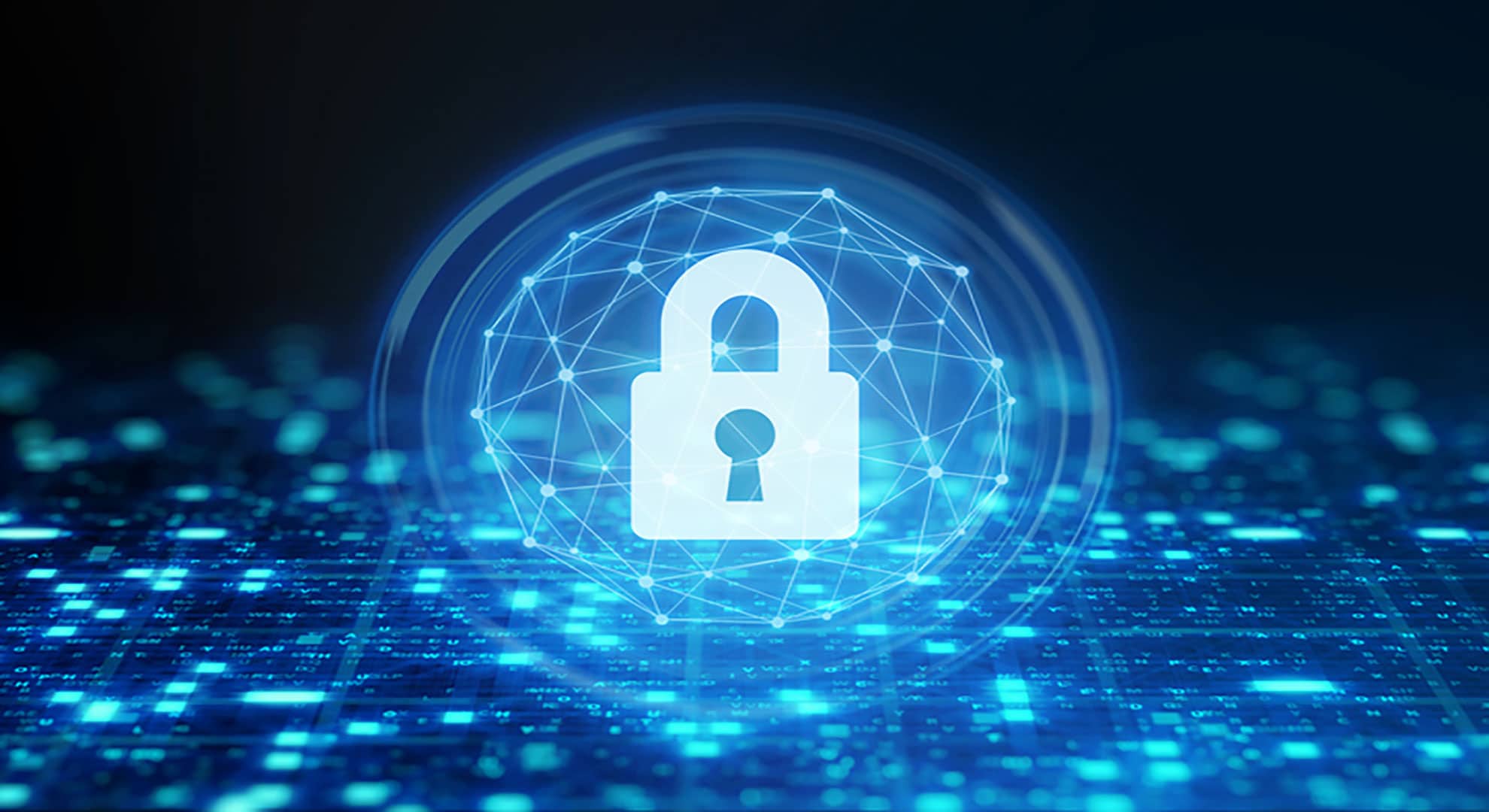
18 Dec Public safety and how 5G can boost vital communications
Every society needs good public administration to prosper and function as it should. And, in turn, one key ingredient for any public administration is the quality of information they can access. And, of course, what they do with it. The influence of the technological revolution in this area, ongoing since the end of the last century, is clear for all to see.
But public administrations are facing growing challenges in relation to technology, information and data, including almost exponential growth in big data, equally rapid growth in devices, the need for real-time responses, greater demand for interaction, collaborative dynamics when carrying out public duties, and more.
5G connectivity at the heart of public sector safety responsibilities
The development of 5G connectivity in line with these new demands through relevant alliances with the public sector and expert stakeholders in industry will make these challenges more easily accessible. In fact, data is already being handled that proves how this kind of technology is driving a real paradigm shift.
According to research from Motorola Solutions, there are a number of trends pointing in this direction. 55% of respondents to their survey share information with their community on social media. This means public safety bodies need to have a presence nowadays. Citizens are also demanding greater transparency and faster response times. 96% of police officers, for example, look to the most advanced technology – among which you’ll find 5G – as allies in their everyday work.
Greater volumes of data and more frequent use of video, to use just two examples, are a constant source of work for safety workers in emergency and conflict situations. Both in documenting complaints or criminal acts reported by witnesses, as well as documenting the work of safety and security forces in real-time through personal body cameras and mobile units.
Looking at the latest available data, according to the same survey, 27% more public bodies responsible for safety – including the police, emergency medical responders, firefighters, ad hoc organisations, etc. – are already receiving messages about emergencies sent in by citizens in real time using their smartphones.
This represents a cumulative increase of around 300%. It is therefore clear that having 5G connectivity infrastructure that facilitates a 24/7 ‘watch and listen’ response will only make our cities safer.
Collaboration, the next step in making the most of 5G
Although progress is being decided on the basis of establishing 5G technology as an ally in public safety management in the context of our smart cities of the future, greater investment in infrastructure, technological means and technical support is still needed.
Furthermore, we still need to overcome two of the main obstacles facing the bodies in charge of public safety, namely interconnections and establishing a collaborative culture underpinned by technological solutions. The various administrations still need to improve the interoperability of their public bodies in order to avoid jurisdictional issues, favouring a ‘networking’ of various entities belonging to the same cities, regions and even different countries as they do so.
5G transforms the lives of emergency service users, assuring and safeguarding their everyday lives. Similarly, it can also guarantee these very services have everything they need to send, receive and manage huge amounts of data without delay in critical situations.
5G is the main ingredient when it comes to managing information reliably about what’s happening out on the streets at any given time, as well as avoiding unwanted situations and having reliable channels for solid, secure operational communications. The services and products offered by neutral operators like lyntia can easily be implemented as part of a public safety management strategy within regional and national organisations as they design the very smart cities the 21st century is leading us towards.

